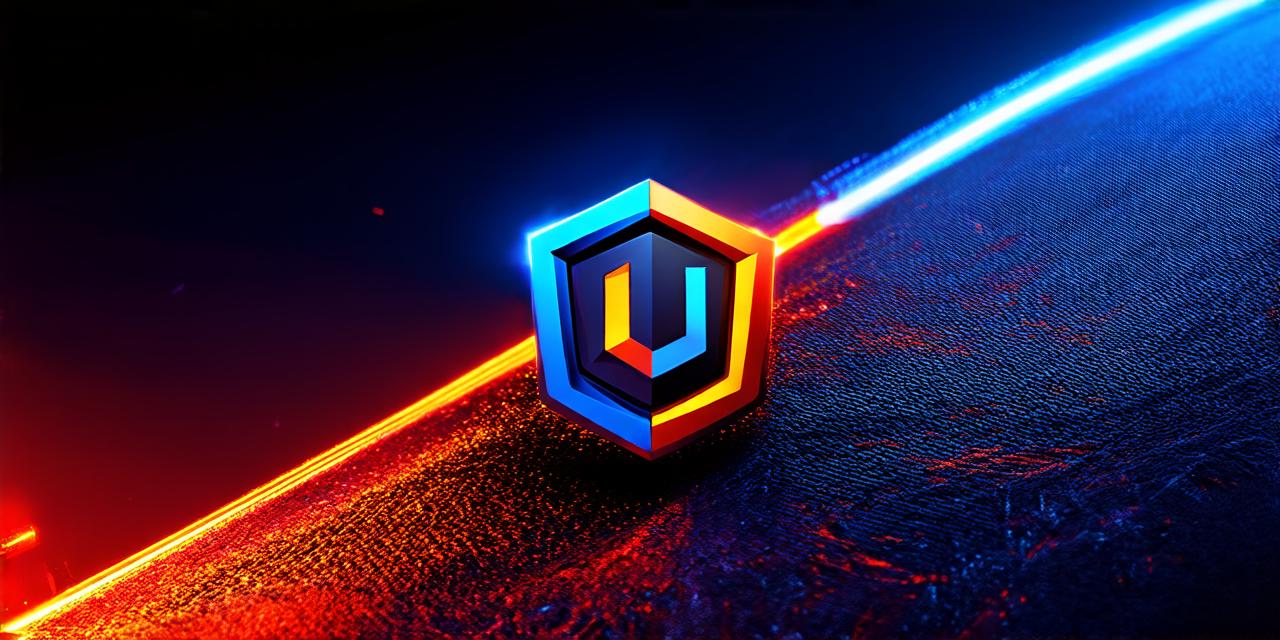Features and Capabilities of Unreal Engine
UE is one of the most popular game engines in the industry, widely used for creating immersive and interactive games across various platforms. In this article, we will explore the features and capabilities of UE that make it a preferred choice among game developers.
Real-Time Rendering
UE uses a powerful rendering system that can handle complex graphics in real-time. This feature allows game designers to see how their designs look as they work on them, which saves time and reduces the need for extensive testing.
Blueprints Visual Scripting
UE has a visual scripting system called Blueprints, which enables developers to create interactive games without writing any code. Blueprints is designed to be easy to use and intuitive, making it an ideal choice for beginners and experienced developers alike.
Physics Simulation
UE has a robust physics simulation system that can handle complex physics interactions in real-time. This feature enables game designers to create realistic and immersive game worlds that respond to player actions in a believable way.
Multiplayer Support
UE provides built-in support for multiplayer games, which allows developers to create games that players can enjoy with their friends over the internet.
Asset Store
UE has an extensive asset store that contains pre-built assets, tools, and plugins that can be used to speed up game development.
Community Support
UE has a large and active community of developers who contribute to its development and share their knowledge and experience with others.
Best Practices for Working with Unreal Engine
To get the most out of UE, it is important to follow best practices for working with the engine. Here are some tips that experienced developers have shared:
-
Plan Your Project Carefully: Before you start development, take the time to plan your project carefully. This includes creating a detailed design document, breaking down the game into manageable tasks, and identifying any potential roadblocks.
-
Use Blueprints Visual Scripting: While UE supports traditional programming languages like C++, Blueprints visual scripting is often preferred by developers because it is easier to use and more intuitive.
-
Optimize Your Game for Performance: UE provides a range of tools for optimizing your game for performance, including profiling and debugging tools. It is important to regularly test your game and make adjustments as necessary to ensure that it runs smoothly on all platforms.
-
Collaborate with Other Developers: Collaboration is key to successful game development. Use UE’s built-in collaboration tools to work with other developers and ensure that everyone is on the same page.
-
Keep Up with Updates: UE releases regular updates that include new features, bug fixes, and performance improvements. It is important to keep up with these updates to ensure that your game stays relevant and runs smoothly.
Case Studies of Unreal Engine in Action
UE has been used to create a wide range of games across various platforms. Here are some examples of how UE has been used to create engaging and immersive games:
-
Fortnite: Epic Games, the creators of Fortnite, used UE to build their popular battle royale game. UE’s real-time rendering capabilities enabled them to create a seamless gaming experience that keeps players engaged for hours.
-
Samaritan: Samaritan is an open-world adventure game that was built using UE. The game’s stunning graphics and complex physics interactions were made possible by UE’s advanced rendering system and physics simulation capabilities.
-
Gears 5: Microsoft used UE to build the fifth installment of their popular Gears of War series. UE’s real-time rendering capabilities enabled them to create a visually stunning game world that keeps players engaged throughout.
Conclusion
UE is a powerful and versatile game engine that enables developers to create immersive and interactive games with minimal effort.
